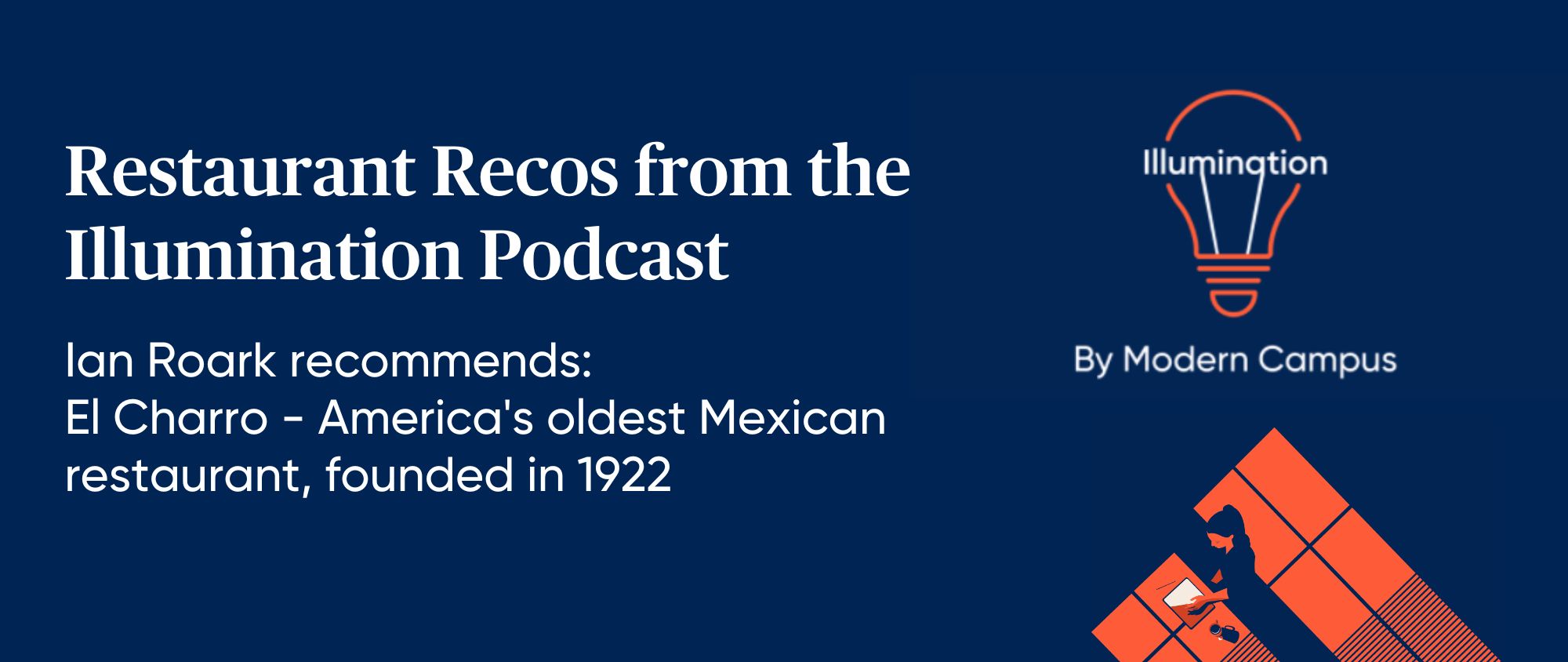Tip the Scale: How Micro-Pathways Lead to Big Changes
The path to employment can be muddied in higher ed, especially when funds are cut and people lose their livelihood due to a pandemic. And yet, the drive to better oneself remains high.
On today’s episode, of the podcast EvoLLLution editor-in-chief and Illumination host Amrit Ahluwalia is joined by Ian Roark, Vice Chancellor of Workforce Development and Innovation at Pima Community College. The two discuss what it means to be innovation oriented and how to build micro-pathways that entice learners to continue their education for a lifetime.
The higher education funding system in Arizona – where Prima is located – has created challenges for community colleges state-wide. Already, two community college districts in Arizona – Maricopa and Pima – have been defunded at a state level. Leaders from Pima approached Roark, frustrated with the state and looking for guidance.
“I’m not suggesting we didn’t relish the fact that we were cut from the state budget in 2016, but we reflected on that as an opportunity to find ways to improve,” Roark says. “What relationships do we need to establish, and what was it about our credibility that led to that?”
In order to reinvigorate support for the district, Roark doubled down on workforce development efforts, which the government of Arizona had previously invested in.
Arizona Governor Doug Ducey had invested $15 million in Pima’s aviation technology community college programs to meet local workforce needs.
“That came about because of our direct engagement with business and industry,” Roark says. “Plus, ensuring that we were already demonstrating an alignment to meet the needs of workforce and economic development in our community.”
Partnerships are often key elements of CE units, whether they be with community and industry or with other organizations and institutions. Pima partnered with the New America Foundation to develop what Roark calls “micro-pathways”.
The micro-pathways consist of new models of integrated basic education skills, training in adult education programs and models being used for the first time at Pima. They’re designed to meet the needs of the majority of new learners.
To properly design the pathways, Roark needed to first understand who the new, non-traditional learner is. He found that such learners make up the majority of the community college population.
“We knew we had to have a different way of delivering technical education and training to people who were displaced during the pandemic,” Roark says. “People who lost their jobs, their livelihoods and, sometimes, their homes because they lost their retail or low-wage service job. They’ve moved into the labor force. They need a new chance at a career and perhaps a new career all together.”
It was this drive for something new that micro-pathways were built on. The goal was to ensure students received a quality education to lead them toward good entry-level jobs as quickly as possible.
Roark listened to faculty at Prima who said the pathways need to be aligned with areas of study so that if micro-pathways were offered as non-credit programs, they could be transferable through prior learning assessment. The result was a new level of stickability and flexibility.
“The pandemic was difficult, but we value hybrid learning,” Roark says. “We need distance options, coupled with in-person opportunities for technology labs. We added all of these aspects together in a prototype this year, serving about 150 students.”
The micro-pathways were meant to be one-offs that guided students towards certificates or degrees, but now Roark says they need to be part of the primary business model for the institution.
Listen to This Episode
Listen on Apple Podcasts Listen on SpotifyRSS Feed
Last updated: November 4, 2022



